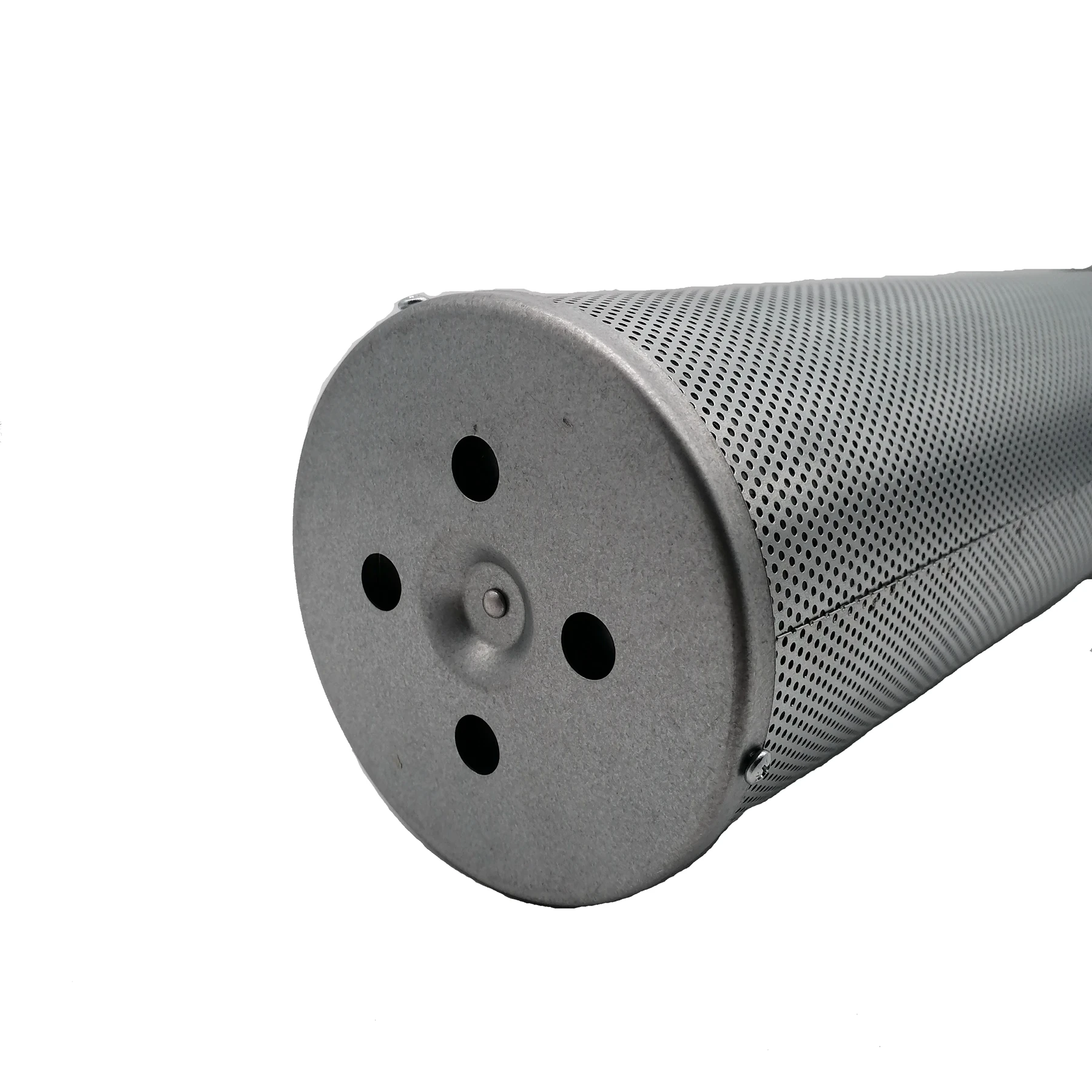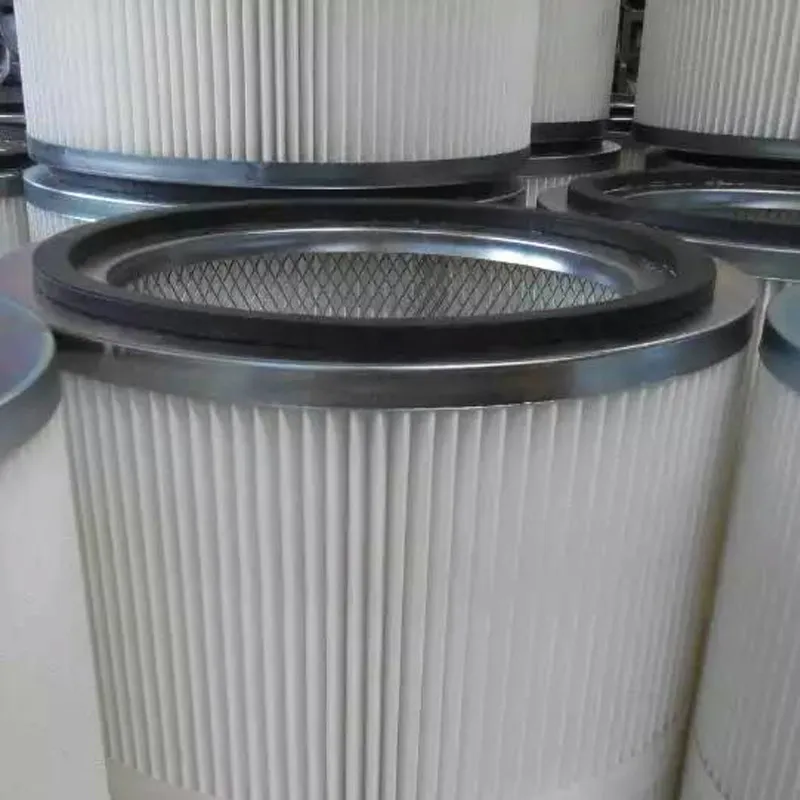 Tel:
+8618931101301
Tel:
+8618931101301
6 月 . 10, 2025 16:04 Back to list
High-Efficiency Gas Turbine Filter Advanced Air Filter Media & HEPA Options
- Introduction to Gas Turbine Filter Technology and Its Importance
- Performance and Technical Advantages of Air Filter for Gas Turbine
- Comparative Analysis of Gas Turbine Filter Media: Data-Driven Evaluation
- Customization in Filtration Solutions: Addressing Diverse Industrial Needs
- Industry Applications: Real-World Gas Turbine Filtration Success Stories
- Leading Manufacturers: Evaluating Products and Services
- Conclusion: Maximizing Efficiency and Longevity with Gas Turbine Filter Solutions

(gas turbine filter)
Introduction to Gas Turbine Filter Systems: The Backbone of Reliability
In the evolving landscape of power generation and industrial processes, the performance and reliability of gas turbines are crucial. Achieving optimal operational efficiency depends significantly on the quality and effectiveness of gas turbine filter
systems. Not only do these filtration systems safeguard sensitive turbine components from contaminants, but they also play a vital role in prolonging operational life, reducing maintenance costs, and enhancing output consistency. With global energy demands growing, it is estimated that by 2027, gas turbines will account for over 24% of incremental power capacity globally, powering critical applications in energy, oil & gas, petrochemicals, and aviation sectors. Consequently, the demand for robust air filter solutions tailored for harsh environments is at an all-time high, making the selection of the right filtration technology and media a central focus for system designers and operators.
Performance and Technical Advantages with Advanced Filtration
The efficiency of an air filter for gas turbine installations is measured by its ability to capture microscopic particulates while maintaining low pressure drop. Studies reveal that high-efficiency particulate air (HEPA) filters, custom developed for turbine applications, can achieve filtration efficiencies exceeding 99.97% for particles as small as 0.3 microns. These outcomes are critical in challenging environments where ambient air can carry dust, pollen, salt aerosols, and hydrocarbon pollutants, all of which degrade turbine blade surfaces and impair performance. Using next-generation gas turbine filter media, engineered with multilayered synthetic and fiberglass composites, systems now ensure not only particle removal but also exceptional resistance to humidity and corrosive agents. Such improvements drive substantial financial impact: reductions in turbine fouling can translate into as much as 2–4% annual fuel savings and an extended mean time between maintenance by up to 3000 operating hours.
Comparative Analysis of Filtration Media: Data-Driven Evaluation
Different operational contexts and environmental profiles demand diverse media solutions. Below, a comparative table highlights performance indicators for leading gas turbine air filter technologies, contrasting standard glass fiber, synthetic, and HEPA-grade media.
| Filter Media Type | Filtration Efficiency (%) | Pressure Drop (Pa) Initial | Dust Holding Capacity (g/m²) | Service Lifetime (hrs) | Maintenance Interval Extension (%) |
|---|---|---|---|---|---|
| Standard Glass Fiber | 91.8 | 140 | 370 | 5,000–7,000 | Baseline |
| Advanced Synthetic Media | 98.6 | 120 | 510 | 9,000–12,000 | +45 |
| HEPA Filter (Turbine Rated) | 99.97 | 160 | 600 | 15,000–20,000 | +110 |
Data corroborates that investment in high-performance gas turbine filter media pays dividends in enhanced operational stability, reduced total cost of ownership, and improved compliance with regulatory emissions targets. The pressure drop considerations, while important for energy consumption, are being managed more efficiently with innovative pleating and material science advances.
Customization: Tailoring Filtration Solutions for Unique Demands
No two turbine installations are identical, and atmospheric conditions—ranging from arid deserts to salt-laden coastlines—necessitate bespoke filtration strategies. Customization begins with comprehensive site audits, environmental monitoring, and turbine performance analysis. Modular filter configurations, including vertical and horizontal orientation options, permit seamless integration with existing housings. Custom-engineered filters incorporate features like self-cleaning coatings, anti-microbial treatments, hydrophobic membranes for humidity-prone locales, and electrostatic layers for maximum fine-dust retention. By collaborating with filter experts at the design phase, operators can specify filtration classes, resistance parameters, and dust-holding capacities best suited to their specific operational profiles, thereby minimizing unforeseen downtime and maximizing output.
Industry Applications: Real-World Filtration Successes
The impact of correct filter selection is evidenced across many sectors. For instance, at a natural gas-fired power plant in Texas, replacement of legacy cellulose pre-filters with advanced synthetic pre-filters increased average gas turbine availability by 4.2%, equal to an extra 290 operational hours per machine, per annum. In coastal oil & gas installations, a shift to HEPA filter gas turbine solutions minimized corrosion-induced service events by 65%, significantly impacting annual maintenance budgets. In aviation, specially constructed high-velocity inlet filters have extended engine overhaul intervals, directly improving aircraft dispatch reliability. These examples reflect the measurable outcomes—tangible in both uptime and bottom-line savings—of a vigilant, data-driven approach to air intake filtration.
Leading Manufacturers: Comparative Product and Service Evaluation
Market leadership in turbine filtration is defined not just by stand-out products but also by end-to-end service, from technical consultation to prompt on-site support. Consider the following comparison between three globally recognized filter manufacturers:
| Manufacturer | Flagship Product | Max. Filtration Efficiency (%) | Custom Engineering | Global Support | Warranty (years) |
|---|---|---|---|---|---|
| AAF International | HydroShield GT | 99.9 | Yes | 24/7 response in 42+ countries | 5 |
| Donaldson | Torit PowerCore GT | 99.5 | Yes | Global distribution network | 3 |
| Parker Hannifin | PulsePleat GT | 99.7 | Yes (with on-site audits) | International service teams | 4 |
These leaders typify a market shift toward performance-based contracting, ongoing diagnostics, and warranty-backed filtration solutions. Partnering with such manufacturers ensures end-users receive not only cutting-edge products, but also lifecycle value through advisory services and remote monitoring.
Conclusion: Driving Operational Excellence with Gas Turbine Filter Innovation
Meticulous selection and ongoing maintenance of gas turbine filter solutions form the foundation of modern plant reliability and efficiency. Whether the operational context is a peaking power station, a petrochemical complex, or a combined-cycle gas plant, tailored air filter systems unlock both immediate and compounding benefits—from protecting turbine investment to driving compliance and sustainability. By leveraging advanced filter media, rigorous customization, and strategic partnerships with reputable manufacturers, stakeholders achieve not only record-breaking mean time between failures but also significant operational cost reductions over asset lifecycles. The relentless pace of material science and digital diagnostics ensures that the future of gas turbine filtration is as dynamic and innovative as the industries it supports.

(gas turbine filter)
FAQS on gas turbine filter
Q: What is a gas turbine filter?
A: A gas turbine filter is a specialized air filter designed to protect gas turbines from airborne contaminants. It ensures clean airflow and extends the turbine's operational lifespan. Using the right filter helps maintain peak performance.Q: Why is an air filter for gas turbine important?
A: An air filter for gas turbine prevents particulates and pollutants from entering the turbine system. This reduces wear and minimizes maintenance needs. Clean air intake results in improved efficiency and reliability.Q: What types of gas turbine filter media are available?
A: Gas turbine filter media can include synthetic fibers, cellulose, fiberglass, or a combination. The choice of media impacts efficiency, dirt holding capacity, and pressure drop. Select the media based on the site's environmental conditions.Q: How does a HEPA filter benefit gas turbine operations?
A: A HEPA filter gas turbine setup offers high particle filtration efficiency, removing over 99.97% of fine particles. This leads to less fouling and longer intervals between maintenance. HEPA filters are particularly useful in dusty or polluted environments.Q: How often should a gas turbine filter be replaced?
A: Gas turbine filters should be replaced as recommended by the manufacturer or when pressure drop exceeds acceptable limits. Regular inspections help determine the optimal replacement interval. Timely replacement ensures consistent turbine protection and efficiency.-
How to choose a high-efficiency air filter? Here comes a professional guideNewsOct.21,2024
-
Air filter: multi-field application, protecting fresh airNewsOct.17,2024
-
Carbon air filter: a green guard to protect air qualityNewsOct.16,2024
-
Can activated carbon completely remove indoor odors and pollutants in air purification?NewsOct.14,2024
-
How to filter air efficiently and ensure indoor air quality?NewsOct.12,2024
-
Activated carbon filter: the invisible guard of clean water lifeNewsOct.11,2024

 Email:
Email:





